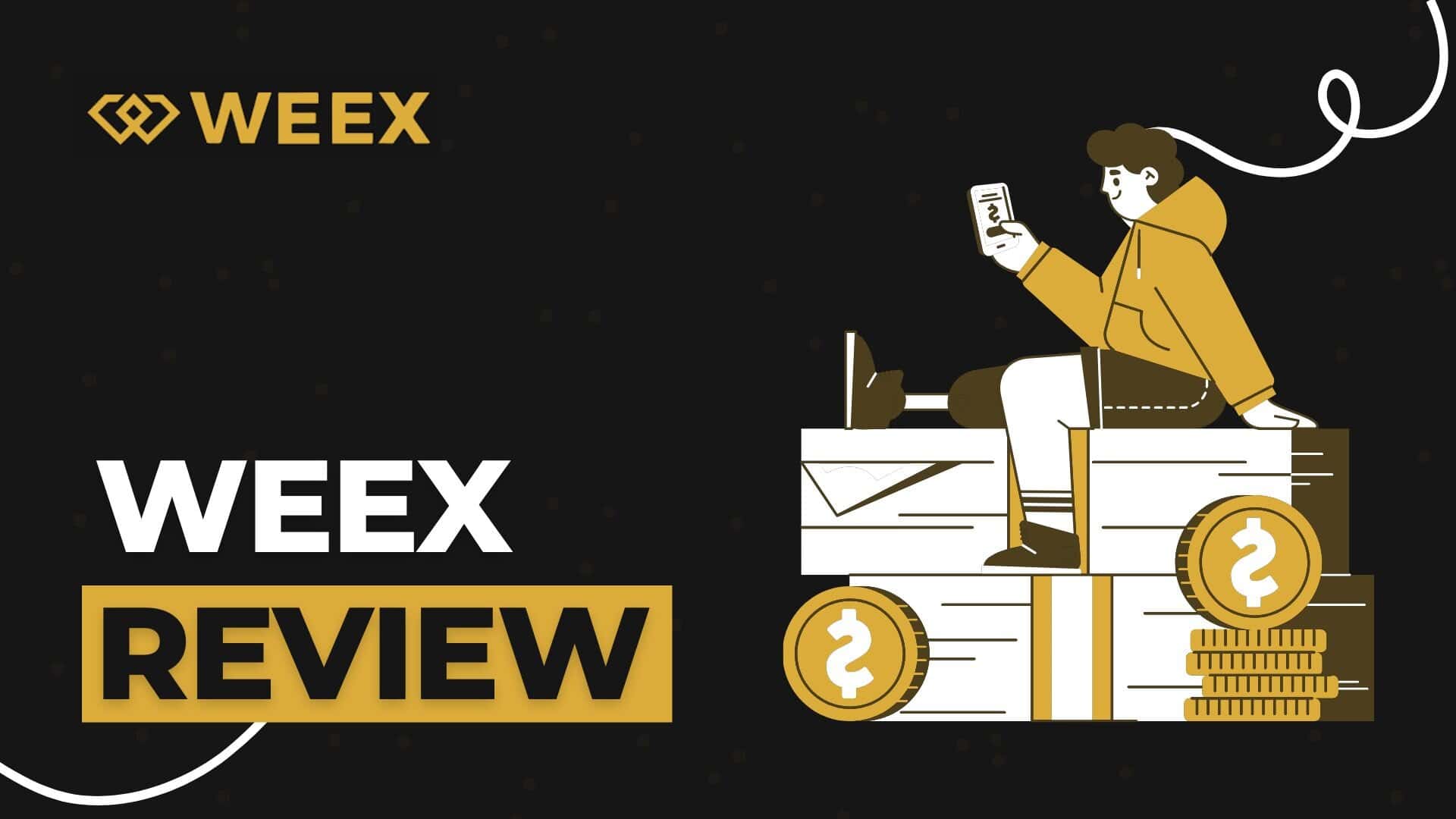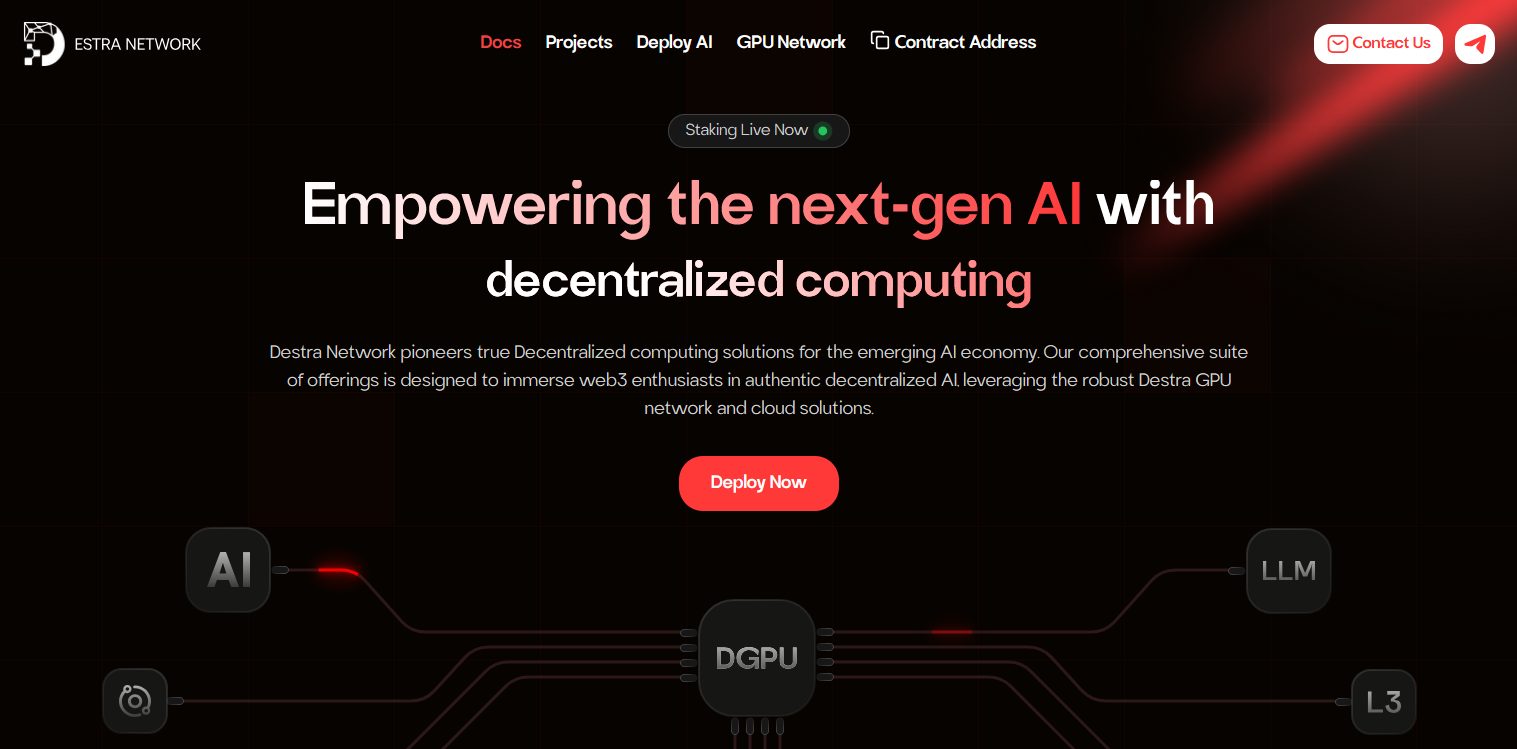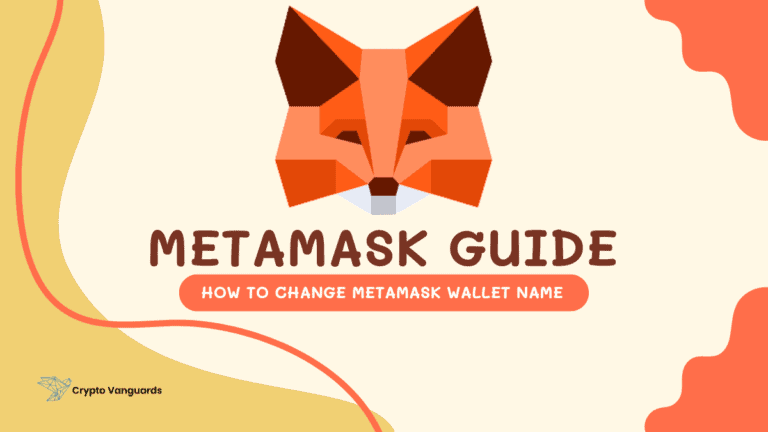- •MEXC is the easiest way to buy DSYNC, offering strong liquidity and a simple trading flow.
- •WEEX and KCEX serve as reliable alternatives, giving traders flexibility if MEXC isn’t available.
- •DSYNC powers decentralized AI and DePIN infrastructure, with real use cases in GPU compute, storage, and AI-driven apps.
Destra Network ($DSYNC) has quickly become one of the more talked-about mid-cap tokens in the AI and DePIN sectors. With its decentralized GPU network, AI-native architecture, and recent mainnet rollouts, the project has attracted both retail traders and key opinion leaders. If you’re looking to buy DSYNC and want a clear path to purchase, this guide will walk you through the process on MEXC and also highlight a couple of alternative exchanges.
Where to Buy DSYNC
DSYNC is available on several global platforms, but MEXC currently offers the most accessible and liquid option for traders worldwide. With competitive spot trading fees, a wide range of listed tokens, and strong liquidity across pairs, MEXC makes the buying process straightforward for newcomers and active traders alike.
How to Buy DSYNC on MEXC
Buying DSYNC on MEXC can be completed in just a few steps:
Alternatives to Buying on MEXC
If you prefer another option or MEXC isn’t available in your region, DSYNC is also listed on other exchanges:
1. WEEX: A global platform offering access to over 1,070+ cryptocurrencies with leverage up to 400x. WEEX is popular for its low fees, internal 0% transfers between accounts, and user-friendly design. For DSYNC traders, it provides ample liquidity and simple onboarding.
Related read: WEEX Full Review
2. KCEX: A fast-growing exchange focused on accessibility and competitive pricing. KCEX supports a wide range of tokens, including newer mid-cap plays like DSYNC. It’s a practical option for traders seeking an alternative to larger platforms.
Related read: KCEX Full Review
What is Destra Network (DSYNC)?
Destra Network is a decentralized AI-native infrastructure built for Web3 applications. It combines GPU computing, an AI Virtual Machine (AIVM), and decentralized storage using IPFS and a distributed DNS.
The platform supports AI workloads, big data, DePIN, and decentralized hosting. By removing reliance on centralized providers, Destra offers scalable, secure, and transparent alternatives aligned with Web3’s ethos.
In 2025, Destra launched its mainnet, deployed validator nodes, and introduced Primus Beta, an AI social agent. The team also integrated Deepseek R1 and enabled tax-free trading, boosting community growth.
Bottom Line
If you’ve reached this point, you now have everything you need to confidently buy DSYNC. MEXC is the simplest and most reliable place to start, while WEEX and KCEX stand as solid alternatives if you want flexibility. Just remember: take it step by step, make sure you have USDT ready, and always double-check your transactions before confirming.
DSYNC sits at the intersection of AI and DePIN, two of the strongest narratives in today’s market. That makes it exciting, but also volatile. As you consider your entry, focus on what works best for your strategy and comfort level. The opportunity is there; it’s up to you to decide how to approach it.
FAQs
1. What is the easiest way to buy DSYNC?
The fastest and most liquid option is through MEXC, using the DSYNC/USDT trading pair.
2. Can I stake DSYNC or run nodes?
Destra Network’s architecture supports validator and service nodes. Staking opportunities depend on the latest mainnet updates and community programs.
3. Why is DSYNC trending now?
Recent mainnet phases, AI agent launches like Primus, and integration with Deepseek R1 have placed it in the spotlight within the AI + DePIN narrative.
4. Are there fees to buy DSYNC on MEXC?
Yes, MEXC applies standard spot fees (around 0.1% maker/taker). Discounts may apply for VIP users or promotions.
5. Is DSYNC considered an AI token or a DePIN token?
It fits into both categories: AI (via its compute and Sentient platform) and DePIN (through its decentralized GPU and storage network).
6. Can DSYNC reach its previous ATH?
It depends on adoption, listings, and market conditions. Its last all-time high was around $0.55 in January 2025, but whether it reclaims or surpasses that will be shaped by usage and broader market trends.







